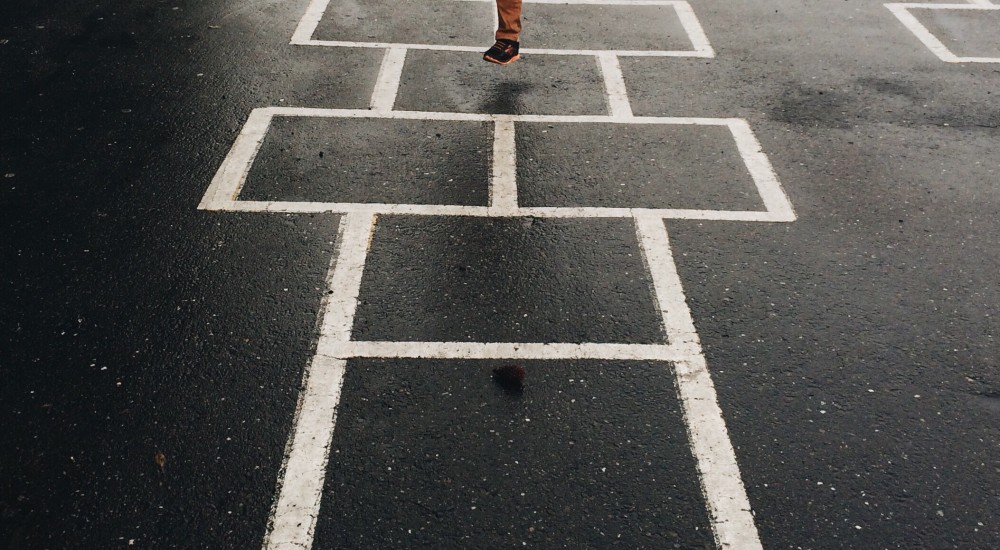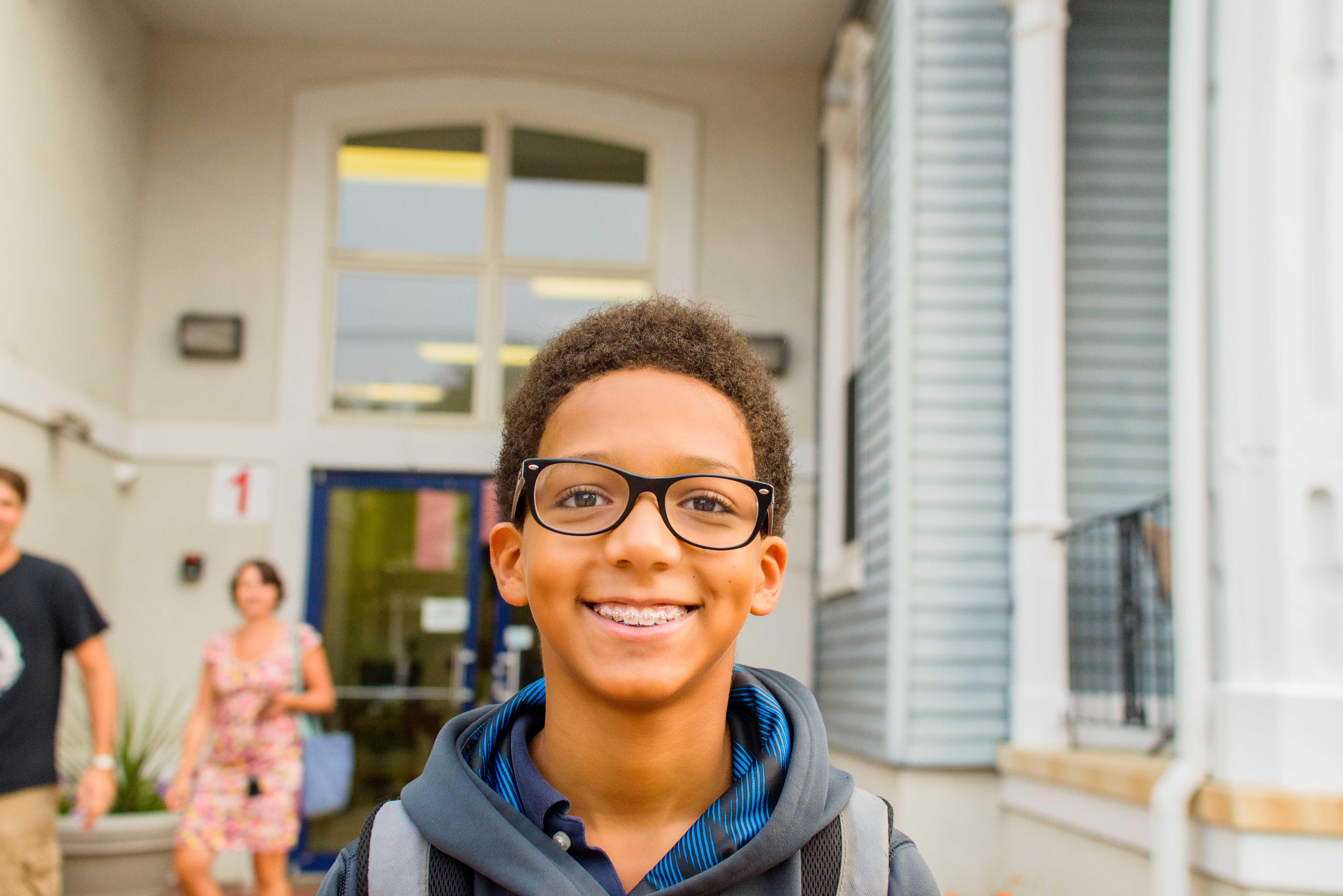
Back-to-school shopping is often at the top of the to-do lists for families as they prepare for their children to go back to school, but families may not be as well-prepared when dealing with back-to-school anxiety. The tips provided in this post will hopefully help your family prepare for it a little bit more!
What is anxiety?
First of all, it is important to recognize that back-to-school anxiety is normal! Many children, teenagers, and even adults experience anxiety as they prepare to go back to school. Most people experience anxiety in varying degrees as they think about upcoming unfamiliar and new experiences. In fact, anxiety can be a good thing and can serve us well. Anxiety can drive students to start studying (or cramming) for an upcoming test, prepare for a class presentation, or to practice more for an upcoming performance. Anxiety is built into every single human-being and functions as a self-defense mechanism. It essentially helps to keep us safe! It warns us of any potential threats or danger and it prepares your body for the fight-flight-freeze response.
Unfortunately, anxiety can become a problem when it becomes too high or stops functioning the way it should and it begins to interfere with one’s daily function and life. Think of anxiety like a smoke alarm. Its original design is to warn you of danger but it becomes problematic if the alarm starts going off when there is no real smoke or fire around. As students prepare to go back to school, sometimes they start thinking of unpleasant and stressful thoughts and as a result cause their anxiety to rise.
Signs of Anxiety in Children
Symptoms of anxiety can present quite differently from one child to another. Below are some common signs to look out for that may indicate your child is experiencing anxiety. *You can learn more about anxiety and where to go for additional support here.
Physical Body:
- Breathing fast and shallow or breathlessness
- Tummy aches or having “butterflies” in the stomach
- Heart racing or pounding
- Nausea
- Light headedness
- Sweating or shivering
- Muscle tension
- Difficulty sleeping
- Lack of appetite
- Urge to run or move
Behaviours:
- Avoiding of situations
- Seeking reassurance more
- Increase of emotional or behavioural outbursts
- Increase in irritability
- Safety behaviours (things that the child may do or bring in order to feel more safe)
Thoughts:
- Having worrying thoughts that are difficult to control, excessive, and/or persistent.
- Asking lots of “What If…” questions (e.g. “What if I don’t have any friends in that class? What if I don’t like that teacher? What if they don’t like how I look?”)
- Unrealistic fears (e.g. “All of my teachers will hate me and fail me!”)
- Unfair thoughts about self (e.g. “I am the stupidest person in the school!”)
- Unhelpful thoughts (e.g. “I can never make friends! No one will ever like me.”)
How Can I Help My Child?
There are many ideas and strategies out there on how to help your child with anxiety. However, no one knows your child better than you do, so pick and use the ones that work best for your family! Here are some tips that may be helpful.
Tip #1: Teach your child relaxation strategies.
Relaxation exercises can help children learn how to manage their own anxiety, stress, and physical symptoms of anxiety. It does this by training the body to relax when your child is feeling anxious.
Examples of relaxation strategies:
- Calm-breathing (Slowly breathe in through nose for 4-5 seconds, hold breath for 1-2 seconds, and exhale through mouth for 4-5 seconds, repeat until feeling less anxious.)
- Mindfulness activities
- Tensing various muscle groups and relaxing them (ie. progressive muscle relaxation)
- Guided imageries
Tip #2: Empathize and validate your child’s anxiety
Parents often jump straight to problem-solving before showing their child that they actually understand and get why they may be feeling anxious. This is important because genuine empathy and validation is proven by research to be one of the most effective ways of helping people calm down and to de-escalate the situation. Next time your child is feeling anxious, instead of problem-solving right away, try to just listen and reflect back what your child is feeling.
Examples of what you can say:
- “It sounds like you are worried about __________.”
- “I can understand why you are feeling ________ because _________.”
Tip #3: Identify Thinking Traps and Look for Evidence
One of the cognitive strategies to fighting anxiety is identifying the thoughts that trigger the anxiety— these worrying thoughts are known as “thinking traps.” These thoughts can be realistic, but sometimes they can also be unrealistic. If the anxiety-provoking thoughts are realistic (e.g. a child is being bullied at school and as a result the child feels anxious going to school), it will be important to come up with more helpful thoughts and practical strategies to help problem-solve the situation (e.g. equipping your child with skills to cope with bullies, talking to the school about the bully, etc.). This is also a good opportunity to help build up your child’s resiliency!
However, if the worrying thoughts are not realistic (e.g. a child is worried that a lion will eat them at school.), then it will be important to help the child challenge these unrealistic thinking traps and gather factual evidence that either support or does not support the thoughts (e.g. “There are no lions roaming freely inside schools here.”). This process can be challenging and sometimes may even require a professional to help.
Tip #4: Help your child face his or her fears in small steps. Don’t avoid!
Avoiding the situations that make your child anxious will only further reinforce that fear. Due to this, it is often recommended that you try your best to not let your child skip school or a class due to anxiety. Instead, you can try to help your child overcome that fear by encouraging them to challenge and face that fear. You can even help them do this in smaller steps if it is too difficult to face it head-on.
Tip #5: Don’t forget about the essentials! Make sure your child’s essentials are taken care of! This includes:
- Sleeping regularly and getting enough hours each night.
- Exercising regularly
- Treating any physical illness and taking medication on time.
- Eating a balanced and healthy diet.
- Avoiding any mood-altering substances.
Bonus Tips for Parents/Caregivers:
Find Time for Self-care!
Parenting is hard, tiring, and relentless work! In the midst of taking care of everyone’s packed and busy schedules, having to take care of your child’s anxiety can be even more demanding and stressful. Due to this, the number one thing that you can do to help take care of your child is to first take care of yourself. How is your own physical, mental, emotional, and spiritual health? Remember to find time for your own self-care, relaxation, and restoration in order to avoid burn-out and other issues down the road.
Are you calm?
This tip goes hand-in-hand with the one above. Before trying to deal with your child’s anxiety, be sure to check-in with yourself first to see if you are calm enough to deal with it. If not, take a short break to gather and self-regulate. Remember that parents’ and caregivers’ own anxiety, anger, stress, and other emotions can easily rub off onto the child. Your child will be needing the calm and collected you to help fight the anxiety.
The transition going back-to-school can be challenging, but this can also be an opportunity for you and your child to grow stronger and closer! I hope that these tips have been helpful and that it will make the going back-to-school process a little bit easier.
Remember that there is no perfect parenting, and that we are all just trying our best!
Johnny Lo, M.Ed, RCC
Child and Youth Mental Health Therapist
Youthwise Counselling and Mental Health








